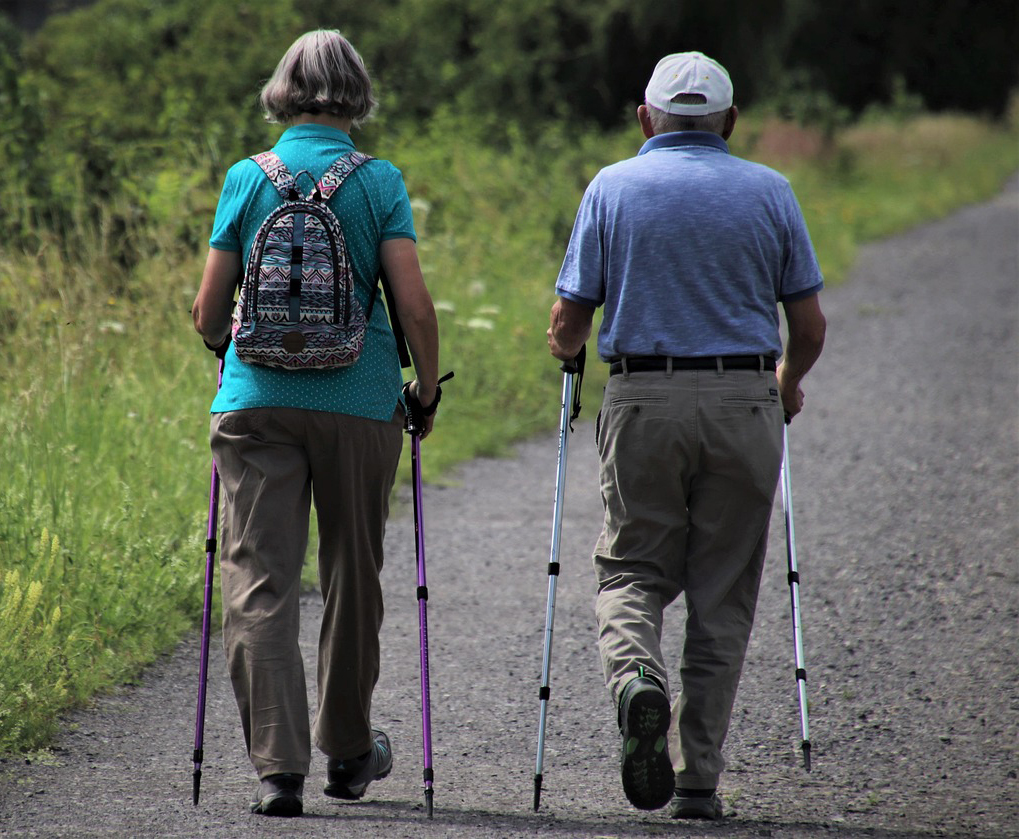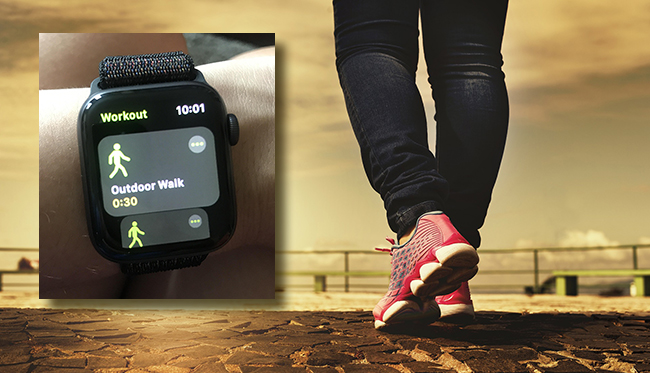The Top 6 Benefits of Walking and How to Make the Most of It
BY MATTHEW COELHO
Walking is one of the simplest yet most effective forms of exercise. Whether you’re a seasoned athlete or just starting your fitness journey, walking can provide numerous health benefits. At Atlantic Physical Therapy, we encourage everyone to incorporate walking into their daily routine. Here are the top 6 benefits of walking and some tips on how much walking you should aim for.
1. Improves Cardiovascular Health1
Walking regularly can significantly improve your cardiovascular health. It helps to lower blood pressure, reduce the risk of heart disease, and improve circulation. Just 30 minutes a day can make a substantial difference in your heart health. Walking helps to strengthen the heart muscle, making it more efficient in pumping blood throughout the body. This improved circulation can also reduce the risk of stroke and other cardiovascular conditions.
2. Supports Weight Management2
Walking is an excellent way to burn calories and maintain a healthy weight. It’s a low-impact exercise, making it accessible for people of all fitness levels. Walking briskly for an hour can burn up to 300 calories, helping you to manage your weight effectively. Additionally, regular walking can help boost your metabolism, making it easier to maintain a healthy weight in the long term. Combining walking with a balanced diet can further enhance weight management efforts.

3. Enhances Mental Wellbeing3
Regular walking has been shown to reduce symptoms of depression and anxiety. It helps to release endorphins, the body’s natural mood lifters, and can improve overall mental health. A walk in nature, in particular, can be a powerful stress reliever. Walking can also improve sleep quality, which is essential for mental well-being. The rhythmic nature of walking can be meditative, providing an opportunity to clear your mind and reduce stress.
4. Strengthens Muscles and Bones4
Walking engages multiple muscle groups and can help to strengthen your legs, core, and even your arms if you swing them while walking. It also helps to improve bone density, reducing the risk of osteoporosis and fractures, especially in older adults. Walking on varied terrains, such as hills or trails, can further enhance muscle engagement and strength. Regular walking can also improve balance and coordination, reducing the risk of falls.
5. Boosts Immune Function5
Regular physical activity, including walking, can help to boost your immune system. It enhances your body’s ability to fight off infections and diseases, keeping you healthier overall. Walking can increase the circulation of immune cells, allowing them to do their job more effectively. This boost in immune function can help you recover more quickly from illnesses and reduce the frequency of getting sick.
6. Decreased Lower Back Pain and Recurrence6
An individualized, progressive walking and education intervention can significantly reduce the recurrence of low back pain. This type of structured walking program helps manage low back pain, making it a valuable addition to your fitness routine. Walking helps to strengthen the muscles that support the spine, improve posture, and increase flexibility. By keeping these muscles active, you can reduce the likelihood of future back pain episodes.
How Much Should You Walk?

The American Heart Association recommends at least 150 minutes of moderate-intensity aerobic activity per week, which breaks down to about 30 minutes a day, five days a week. Here are some tips to help you get started:
Start Slow
If you’re new to walking, begin with shorter sessions and gradually increase the duration and intensity.
Set Realistic Goals
Aim for a daily or weekly goal that feels achievable. This could be a certain number of steps or a specific duration.
Mix It Up
Vary your walking routine by exploring different routes, walking with a friend, or listening to music or podcasts.
Stay Consistent
Consistency is key. Try to make walking a regular part of your routine, whether it’s a morning walk, a lunchtime stroll, or an evening outing.
Listen to Your Body
Pay attention to how your body feels. If you experience any pain or discomfort, adjust your pace or take a break.
At Atlantic Physical Therapy, we believe in the power of walking as a foundational exercise for overall health and well-being. If you have any questions about incorporating walking into your fitness routine or if you need personalized advice, don’t hesitate to contact us. Happy walking!
Citations:
- Park, J. H., Miyashita, M., Takahashi, M., Kawanishi, N., Hayashida, H., Kim, H. S., … & Nakamura, Y. (2014). Low-volume walking program improves cardiovascular-related health in older adults. Journal of Sports Science & Medicine, 13(3), 624.
- Fogelholm, M. (2005). Walking for the management of obesity. Disease Management & Health Outcomes, 13, 9-18.
- Kelly, P., Williamson, C., Niven, A. G., Hunter, R., Mutrie, N., & Richards, J. (2018). Walking on sunshine: scoping review of the evidence for walking and mental health. British journal of sports medicine, 52(12), 800-806.
- Krall, E. A., & Dawson-Hughes, B. (1994). Walking is related to bone density and rates of bone loss. The American journal of medicine, 96(1), 20-26.
- Kimura, F., Shimizu, K., Akama, T., Akimoto, T., Kuno, S., & Kono, I. (2006). The effects of walking exercise training on immune response in elderly subjects. International Journal of Sport and Health Science, 4(Special_Issue_2_2006), 508-514.
- Pocovi, N. C., Lin, C. W. C., French, S. D., Graham, P. L., van Dongen, J. M., Latimer, J., … & Hancock, M. J. (2024). Effectiveness and cost-effectiveness of an individualised, progressive walking and education intervention for the prevention of low back pain recurrence in Australia (WalkBack): a randomised controlled trial. The Lancet.

